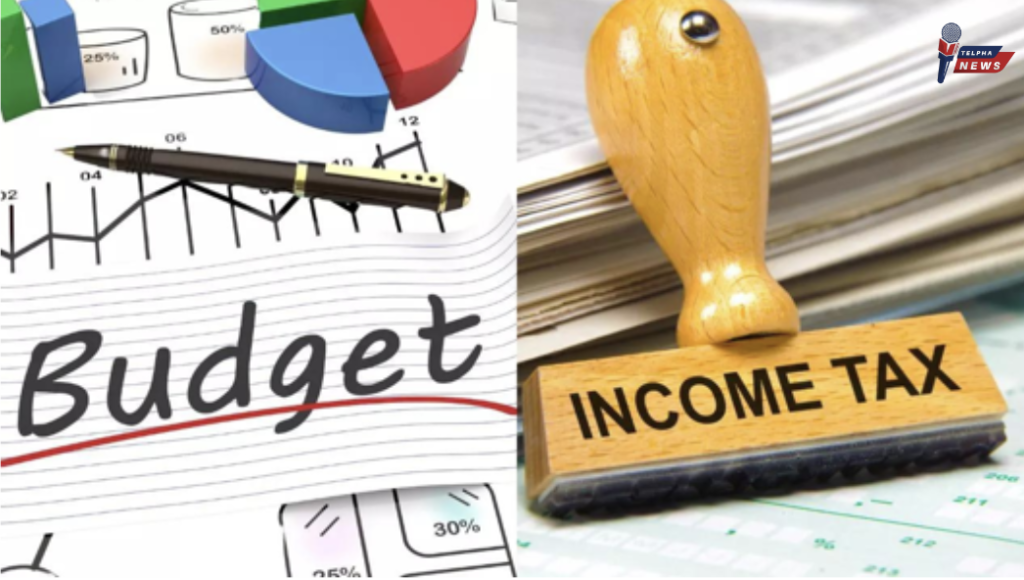The long-term capital gains tax provisions in India, particularly their impact on taxpayers in lower income brackets, have sparked debate as we approach Budget 2024. The Indian Income-tax (I-T) system is progressive: higher earners pay more. For instance, individuals with taxable incomes over Rs 5 crore pay a tax rate of 42.74%, while those with incomes of Rs 5 lakh or less fall in the ‘nil’ tax bracket due to a rebate mechanism introduced in the interim budget of 2019.

Rebate Mechanism: A Boon for Low-Income Taxpayers
Section 87A of the I-T Act allows for a full rebate from tax for individuals with incomes up to Rs. 5 lakh, with a maximum rebate of Rs. 12,500. This means that under the old regime, individuals with gross incomes up to Rs. 7 lakh, who benefit from deductions and rebates, effectively pay no tax. Here’s a breakdown:
Case 1: Tax-Free Scenario
| Particulars | Amount (Rs.) |
|---|---|
| Gross Taxable Income | 7,00,000 |
| Standard Deduction | 50,000 |
| Deduction under Section 80C | 1,50,000 |
| Net Taxable Income | 5,00,000 |
| Income-tax | 12,500 |
| Tax Rebate | 12,500 |
| Net Tax | Nil |
The Conundrum of Long-Term Capital Gains
However, the scenario changes drastically when long-term capital gains are involved. Under Section 112, a concessional tax rate of 20% applies to long-term capital gains from assets like debt mutual funds, unlisted equity shares, and immovable property. While advantageous for high-income earners, this provision can be detrimental to those in lower brackets.
Case Study: The Impact on Low-Income Taxpayers
Consider an individual under the old tax regime with a total income of Rs. 4.75 lakh, including Rs. 4 lakh from long-term capital gains and Rs. 75,000 from other sources. Although their total income is below the Rs. 5 lakh threshold for the nil tax bracket, they face significant tax liability:
Case 2: Tax Liability with Long-Term Capital Gains
| Particulars | Amount (Rs.) |
|---|---|
| Long-term capital gains | 4,00,000 |
| Other income | 75,000 |
| Total taxable income | 4,75,000 |
| Tax on other income | Nil |
| Long-term capital gains | 4,00,000 |
| Less: Basic exemption deficit* | (1,75,000) |
| Taxable long-term capital gains | 2,25,000 |
| Tax on LTCG @ 20% | 45,000 |
| Tax Rebate | 12,500 |
| Net Tax | 32,500 |
*Basic exemption of Rs. 2.5 lakh applies against LTCGs, with higher exemptions for senior citizens.
Despite a rebate, this individual ends up paying Rs. 32,500 in tax plus a cess, totaling Rs. 33,800. This creates an inequitable situation where individuals with total incomes under Rs. 5 lakh still incur significant tax liabilities.
The Need for Amendment
Under the new regime, this disadvantage persists for those with incomes up to Rs. 12 lakh, beyond which calculations become tax-neutral. The Chamber of Tax Consultants has advocated for amending Section 112, suggesting a reduced 5% tax rate on long-term capital gains for those with total incomes between Rs. 2.5 lakh and Rs. 5 lakh (or Rs. 7 lakh under the new regime).
As Budget 2024 approaches, addressing this inequity becomes increasingly urgent, ensuring fair taxation for all income levels.
For more insights and the latest updates, visit TOI. Stay informed on city, India, business, sports news, and more. For entertainment, TV news, and lifestyle tips, check out Etimes.